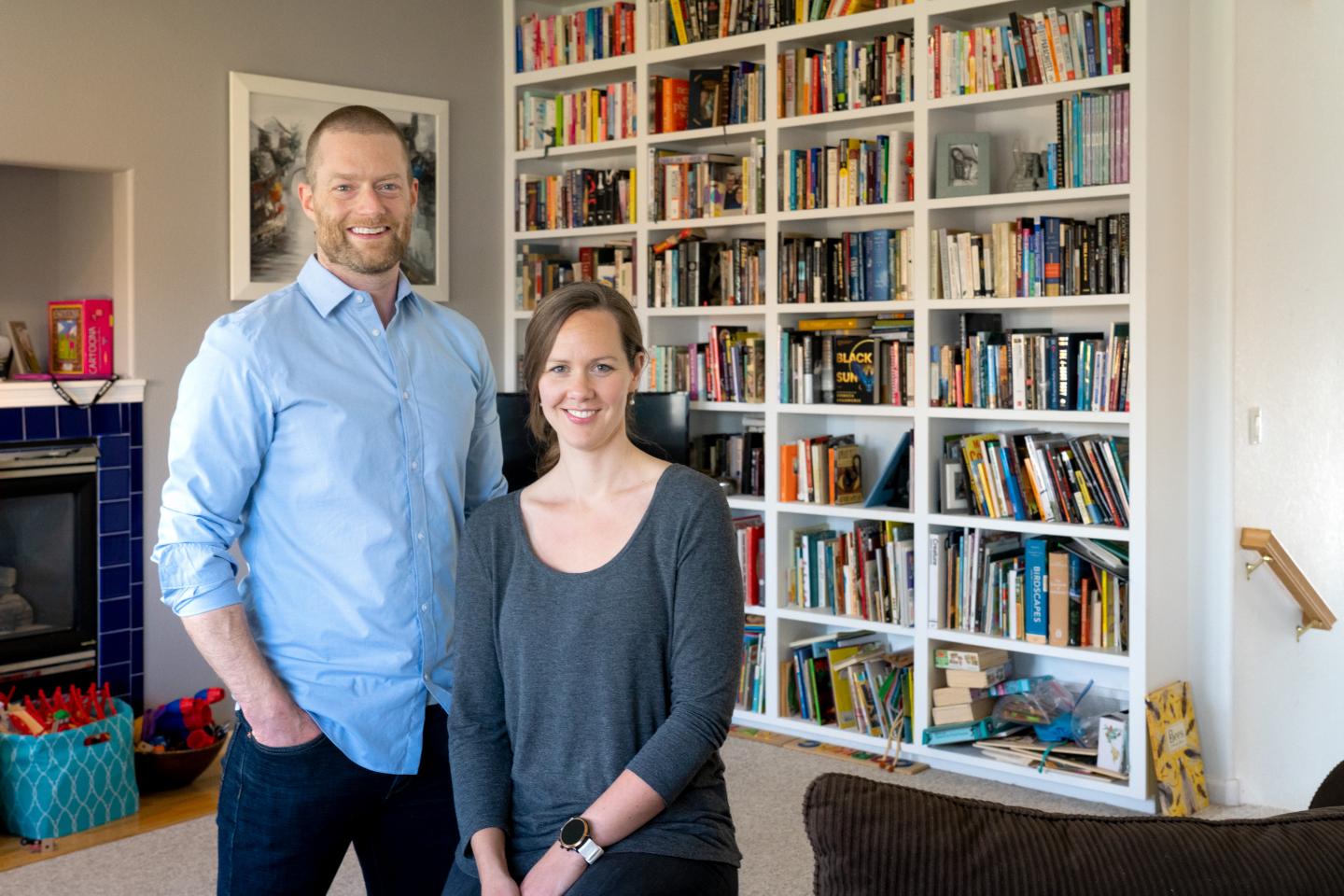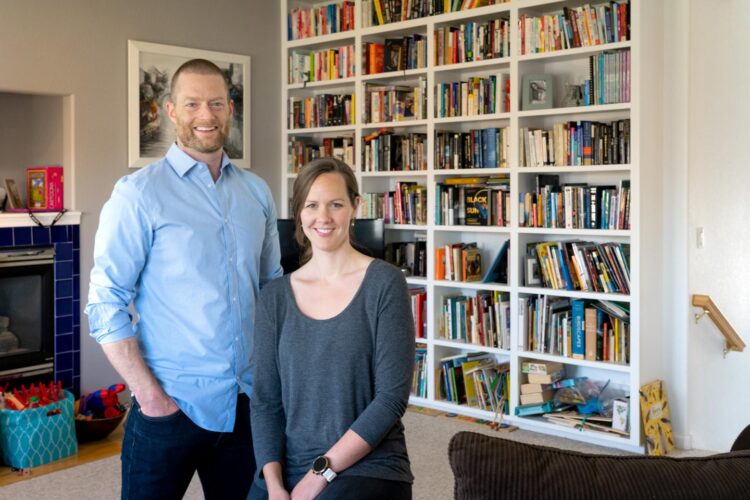
Credit: Joe Mendoza/Colorado State University
The coronavirus pandemic has led researchers to switch gears or temporarily abandon projects due to health protocols or not being able to travel. But for Patrick Keys and Elizabeth Barnes, husband and wife scientists at Colorado State University, this past year led to a productive research collaboration.
They teamed up with Neil Carter, assistant professor at the University of Michigan, on a paper published in Environmental Research Letters that outlines a satellite-based map of human pressure on lands around the world.
Keys, lead author and a research scientist in CSU’s School of Global Environmental Sustainability, said the team used machine learning to produce the map, which reveals where abrupt changes in the landscape have taken place around the world. The map shows a near-present snapshot of effects from deforestation, mining, expanding road networks, urbanization and increasing agriculture.
“The map we’ve developed can help people understand important challenges in biodiversity conservation and sustainability in general,” said Keys.
This type of a map could be used to monitor progress for the United Nations Sustainable Development Goal 15 (SDG15), “Life on Land,” which aims to foster sustainable development while conserving biodiversity.
Eight algorithms to encompass data from around the world
Barnes, an associate professor in CSU’s Department of Atmospheric Science, did the heavy lifting on the data side of the project.
While staggering parenting duties with Keys, she wrote code like never before, working with trillions of data points and training up to eight separate algorithms to cover different parts of the world. She then merged the algorithms to provide a seamless classification for the whole planet.
At first, the two researchers had to learn to speak the other’s work language.
“Pat initially had an idea for this research, and I said, ‘Machine learning doesn’t work that way,'” said Barnes.
She then sketched out the components with him: The input is something we want to be able to see from space, like a satellite image; and the output is some measure of what humans are doing on Earth. The middle part of the equation was machine learning.
Keys said what Barnes designed is a convolutional neural network, which is commonly used for interpreting images. It’s similar to how Facebook works when the site suggests tagging friends in a photo.
“It’s like our eyes and our brains,” he said.
In developing the algorithm, they used existing data that classified human impacts on the planet, factors like roads and buildings, and grazing lands for livestock and deforestation. Then, the convolutional neural network learned how to accurately interpret satellite imagery, based on this existing data.
From an analysis of one country, to the world
The researchers started with Indonesia, a country that has experienced rapid change over the last 20 years. By the end of the summer, after they were confident about what they identified in Indonesia using machine learning, Keys suggested that they look at the entire globe.
“I remember telling him it’s not possible,” said Barnes. “He knows whenever I say that, I will go back and try and make it work. A week later, we had the whole globe figured out.”
Barnes said using machine learning is not fool-proof, and it requires some follow-up to ensure that data are accurate.
“Machine learning will always provide an answer, whether it’s garbage or not,” she explained. “Our job as scientists is to determine if it is useful.”
Keys spent many nights on Google Earth reviewing over 2,000 places on the globe in the year 2000 and then compared those sites with 2019. He noted changes and confirmed the data with Barnes.
The research team also did a deeper dive into three countries – Guyana, Morocco and Gambia -to better understand what they found.
In the future, when new satellite data is available, Keys said the team can quickly generate a new map.
“We can plug that data into this now-trained neural network and generate a new map,” he said. “If we do that every year, we’ll have this sequential data that shows how human pressure on the landscape is changing.”
Keys said the research project helped lift his spirits over the last year.
“Honestly, I have had a tough time during the pandemic,” he said. “Looking back, I was able to work on this project that was exciting, fun, interesting and open-ended, and with great people. It brightened the pandemic considerably.”
###
Media Contact
Mary Guiden
[email protected]
Original Source
https:/





